Why Your Business Needs A Strong Firewall
 You may not be storing military secrets or running a billion-dollar empire, but your business is still an attractive target for hackers. You need a firewall – a guard standing at the door of your network to stop the bad guys from getting in while still letting your staff come and go without interruption.
You may not be storing military secrets or running a billion-dollar empire, but your business is still an attractive target for hackers. You need a firewall – a guard standing at the door of your network to stop the bad guys from getting in while still letting your staff come and go without interruption.
A surprising number of businesses are operating without a firewall, or with one unsuitable to the requirements of a business network. For most, it’s a risk they don’t know they’re taking because they assume all systems have built-in protections. Unfortunately, by the time the lack is discovered, it’s far too late.
A firewall is actually a special type of hardware or software that acts as a protective shield between the computers on your network and assorted cyber dangers. Data is constantly passed through at lightning fast speeds, invisible to the user experience.
Filtering: A strong firewall actively looks for known viruses, phishing emails and spam, and then blocks them before they can get in the door. Its internal knowledge of threats is updated regularly and search patterns quickly adjusted. Business firewalls also monitor data in both directions. When a computer goes online, all the data coming in and out is inspected to see whether it’s safe or not. If it doesn’t pass the test, the firewall instantly blocks it and records the details in a log.
Performance: You can use your firewall to set network traffic priorities. For example, it can make sure a Skype call gets all the resources it needs to allow for flawless video and voice quality, while someone watching YouTube videos at the same time will receive reduced resources. Rules can be set to allow certain applications to be treated as a higher priority than others, certain departments or even users. You can tailor your network performance to meet your unique business needs.
Management: Business firewalls allow you to see who’s doing what and when over your network. You can create rules for specific users, devices and times. For example, you might allow your employees to access Facebook during lunch breaks only, while at the same time keeping it completely unblocked for you or your marketing team. Thorough logs are kept automatically and can be used to troubleshoot problems. For example, your firewall logs might show that a computer inside your network connects to a third world country at 3am each night, which would certainly be worth investigating.
Connection: A strong firewall allows your remote workforce to access your servers with ease and security, while at the same time keeping cyber-attacks out. Remote work arrangements are growing in popularity and necessity, often requiring server access at a moment’s notice. You can set your firewall to authenticate the identity of users before allowing access, and create a virtual private network (VPN) that keeps any transferred data safe from interception.
We can install, configure and manage your business firewall – Call us at (416) 645-2469, (905) 667-0441 or email us to start protecting your network today.
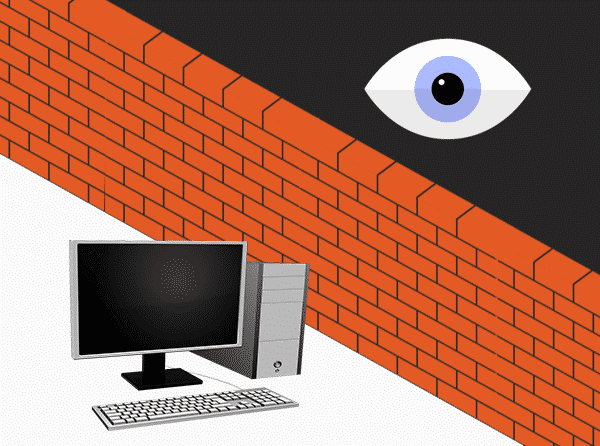
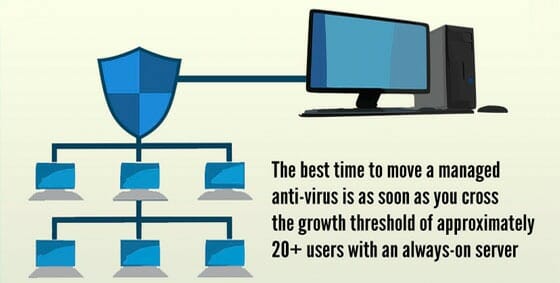
 Unfortunately, the biggest threat to your data and network security is your staff. Fantastic, loyal, hardworking people, who make occasional silly decisions. Even the innocent ones, like ignoring the virus software update that keeps popping up, requesting to download the latest protections. Your staff aren’t intentionally putting your systems at risk, but they are creating a weak link that exposes your business to attacks that may cost you thousands.
Unfortunately, the biggest threat to your data and network security is your staff. Fantastic, loyal, hardworking people, who make occasional silly decisions. Even the innocent ones, like ignoring the virus software update that keeps popping up, requesting to download the latest protections. Your staff aren’t intentionally putting your systems at risk, but they are creating a weak link that exposes your business to attacks that may cost you thousands.
 Remember the awe you felt when you turned on your new computer and it loaded in a flash? Your computer was the envy of your friends and you weren’t afraid to bathe in that glory. Button on, ready to go, those were the days!
Remember the awe you felt when you turned on your new computer and it loaded in a flash? Your computer was the envy of your friends and you weren’t afraid to bathe in that glory. Button on, ready to go, those were the days!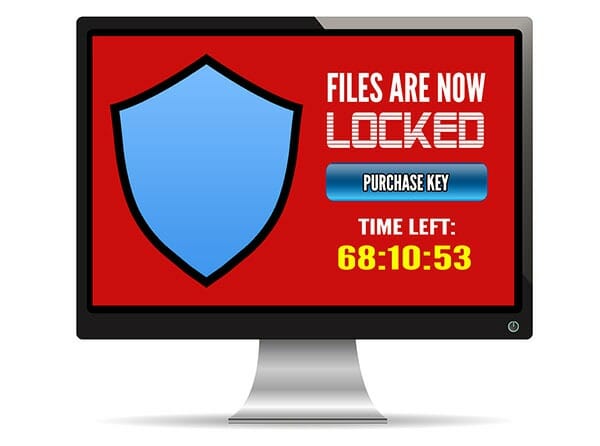
 Ransomware has undeniably been the biggest security threat of 2016. No-one was safe. Hackers targeted everyone and everything, including home PCs – and they were astoundingly successful – earning themselves upwards of $846million from US reported incidents alone. Business is booming for hackers, with thousands of attacks each day bringing in an average of $640 per target. Perhaps even more alarmingly, the financial cost of each individual attack is on the rise – the more ransomware proves to be an easy earner for them, the more they demand each time.
Ransomware has undeniably been the biggest security threat of 2016. No-one was safe. Hackers targeted everyone and everything, including home PCs – and they were astoundingly successful – earning themselves upwards of $846million from US reported incidents alone. Business is booming for hackers, with thousands of attacks each day bringing in an average of $640 per target. Perhaps even more alarmingly, the financial cost of each individual attack is on the rise – the more ransomware proves to be an easy earner for them, the more they demand each time.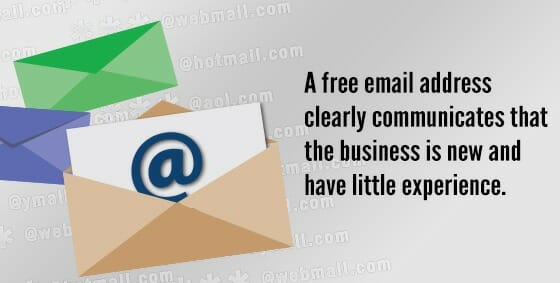
 The message is clear: email is king. Many clients and customers choose to communicate primarily by email and as you know, it gives a fantastic ROI in your marketing strategy…unless you’re using a free email like Hotmail, Gmail, or even your internet provider. If that’s the case, you’re losing business each and every day.
The message is clear: email is king. Many clients and customers choose to communicate primarily by email and as you know, it gives a fantastic ROI in your marketing strategy…unless you’re using a free email like Hotmail, Gmail, or even your internet provider. If that’s the case, you’re losing business each and every day.
 There’s one thing all teens can do better than adults – and it’s not Snapchat. They’ve become experts at quickly locating information on the internet.
There’s one thing all teens can do better than adults – and it’s not Snapchat. They’ve become experts at quickly locating information on the internet.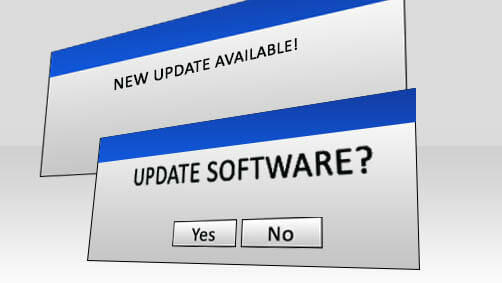
 That pop up just won’t leave. It’s been hounding you to upgrade your software and clearly, it has zero intention of giving you a moment’s rest. That software wants to be upgraded and it wants it now.
That pop up just won’t leave. It’s been hounding you to upgrade your software and clearly, it has zero intention of giving you a moment’s rest. That software wants to be upgraded and it wants it now.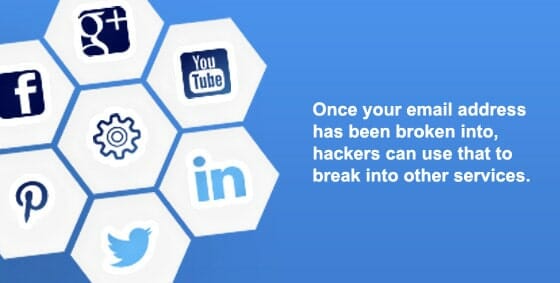
 People happily share their private information online, building robust libraries that can easily become a one-stop goldmine for fraudsters.
People happily share their private information online, building robust libraries that can easily become a one-stop goldmine for fraudsters.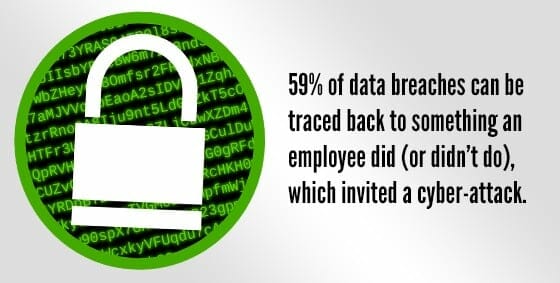
 Every employee shares one inescapable flaw that is putting your business at risk.
Every employee shares one inescapable flaw that is putting your business at risk.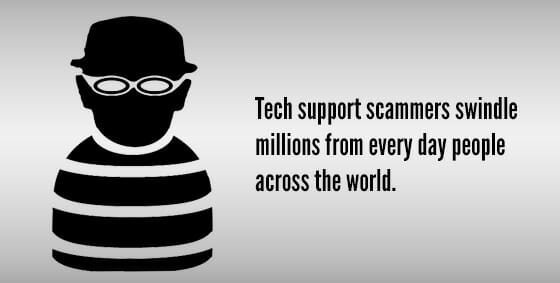
 If your computer had a virus, you’d want to know about it ASAP, right?
If your computer had a virus, you’d want to know about it ASAP, right?